The Facebook Pixel isn’t new. And yet, I still hear from advertisers, publishers, and businesses who aren’t currently using the Facebook Pixel – or aren’t using it to its full potential. Excuses vary from confusion and intimidation to ignorance regarding whether it’s needed at all.
The bottom-line question is – Do we really need the Facebook Pixel? My immediate answer is – yeah, we do. For every reason imaginable. There are so many benefits we can gain using this simple tool. Let’s check them.
What is the Facebook Pixel?
Simply said, Facebook Pixel is a piece of code you can install on your website and collect data about your customers’ behavior. It helps you to track the effectiveness of your Facebook ad campaigns by simply monitoring the actions people take on your site.
Facebook Pixel allows you to build custom audiences for retargeting and it’s also important for analytics, and overall ad optimization. With help of this piece of code, you can track the ROI of your Facebook and Instagram campaigns.
Without the Facebook Pixel, you’re limiting yourself from the most popular targeting options. You aren’t able to accurately track or optimize conversions. Basically, you can’t do any of the fun stuff. You know… the fun stuff that leads to measurable results?
Check what you can get with Facebook Pixel:
1. Targeting with Website Custom Audiences
A custom audience is the best thing you can get from Facebook Pixel. When the pixel is on your website, Facebook knows when someone visits. They know what page they visited and when. As a result, you can create some pretty amazing audiences.
With Facebook Pixel on your website, you can track:
- All of your website visitors during the past 1-180 days
- People who visited a particular page or group of pages
- People who visited a particular page but not others
- People who were within the top 5%, 10%, or 25% of most time spent on your site
- People who executed certain events
2. Optimization for Ad Delivery
When you create a Facebook advertising campaign, you provide an intended audience who will see your ads. Of course, not everyone will see your ads. And, in most cases, you don’t want everyone to see your ads.
Why? Because Facebook has smart systems that help you show your ads to the right people within your audience. It’s called optimization.
When you have Facebook optimized for action, your ad will be shown to people within your targeted audience who are most likely to perform that action.
Not everyone will see your ad. Facebook won’t even try to show it to everyone. They are helping you save money by avoiding those who simply don’t perform the action you want and aren’t interested in your products or services.
Facebook can do this because of the ridiculously big amount of activity data they have on users.
People spend an insane amount of time on Facebook clicking, engaging, and converting. That data is used to help you get the most out of your ads.
If you’re not using the Facebook Pixel, you’ll be limited to optimizing for lighter actions like link clicks, impressions, engagement, and reach. But once you have the pixel, you can optimize for actual conversion.
3. Conversion Tracking with Events and Custom Conversions
If you utilize the Facebook Pixel, you can define a conversion using pixel events and custom conversions. This allows Facebook to know when a conversion happens so that your ad reports can reflect them. Otherwise, how do you know if your ads were working?
When editing your ad set while using the conversions objective, you can tell Facebook which specific conversion you want to get – your key objective. You can select standard events and custom conversions.
By selecting a standard event, like a general Purchase, Facebook will report on all purchases that happen as a result of someone seeing or clicking on your ad (regardless of what product they purchased).
4. Dynamic Ads
In case you have a big e-commerce site, you need the pixel. It’s a must.
If you have hundreds or thousands of products, it may not be reasonable to create individual ads based on the specific pages people visited and the actions they took. But with the pixel, you can create a dynamic ad template.
This way, what appears in the ad will depend upon user behavior. Again, thanks to the Facebook Pixel.
The Total Package: RESULTS
The bottom line is this: If you don’t have the Facebook Pixel on your website, you have an uphill battle.
Your targeting is second-rate, tracking your results is almost impossible and you can’t optimize for the action you actually want. That’s bad. Without the pixel, you’re making it extremely difficult for yourself to succeed.
Contact us if you would like to get experienced assistance with the Facebook Pixel implementation.
If you made up your mind and are eager to start using Facebook Pixel, you’re in the right place. With assistance from our team of experts, Facebook Pixel will be installed on your site and you’ll be able to use all its benefits according to the results.
Start now
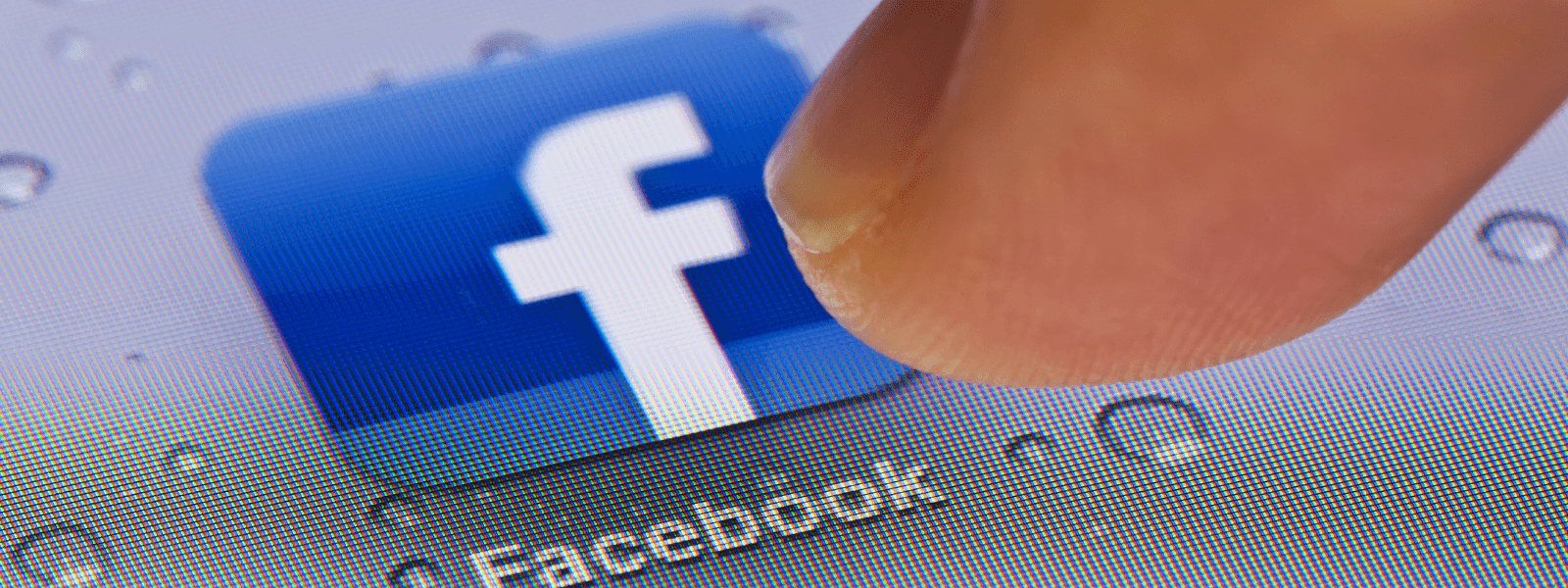
Slovenia 30.05.2022
Uroš VidaliD-Studio 

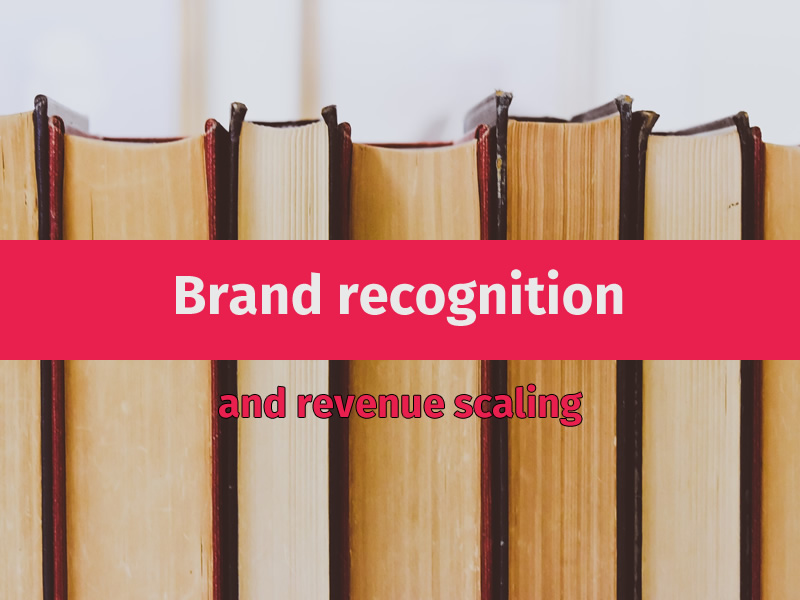

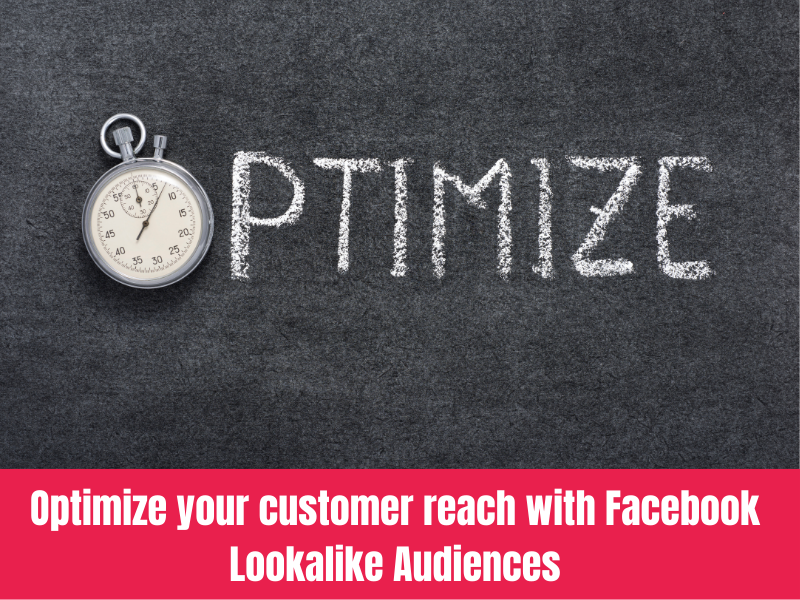
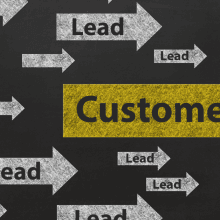
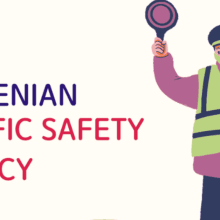




![Facebook dynamic remarketing for B2B client [Case study] Facebook dynamic remarketing setup for b2b](https://dstudio.consulting/wp-content/uploads/2020/04/Facebook-dynamic-remarketing-setup-for-b2b.png)